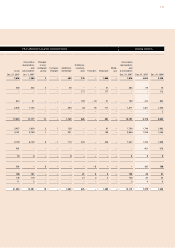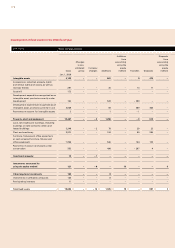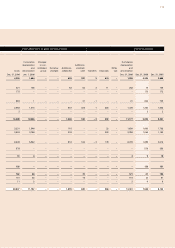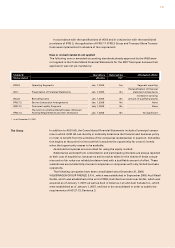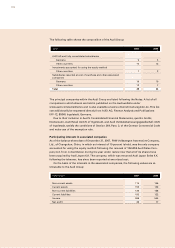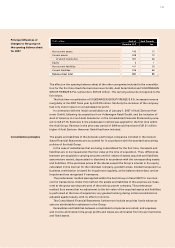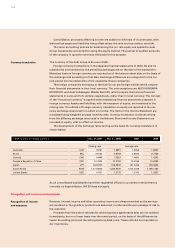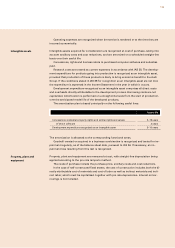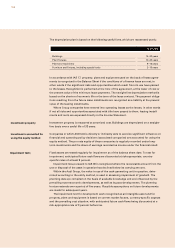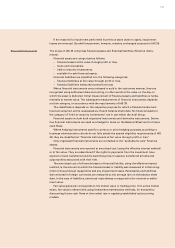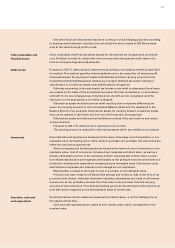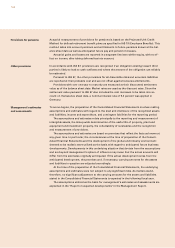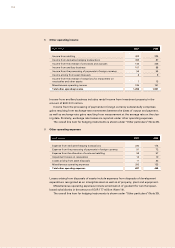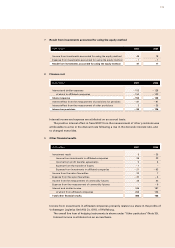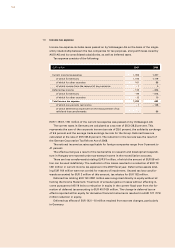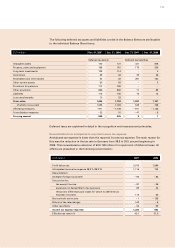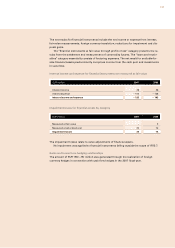Audi 2007 Annual Report Download - page 190
Download and view the complete annual report
Please find page 190 of the 2007 Audi annual report below. You can navigate through the pages in the report by either clicking on the pages listed below, or by using the keyword search tool below to find specific information within the annual report.
187
If the reasons for impairment performed in previous years cease to apply, impairment
losses are reversed. Goodwill impairment, however, remains unchanged pursuant to IAS 36.
The scope of IAS 39 comprises financial assets and financial liabilities (financial instru-
ments).
Financial assets are categorized as follows:
– financial assets at fair value through profit or loss,
– loans and receivables,
– held-to-maturity investments,
– available-for-sale financial assets.
Financial liabilities are classified into the following categories:
– financial liabilities at fair value through profit or loss,
– financial liabilities measured at amortized cost.
Where financial instruments are purchased or sold in the customary manner, they are
recognized using settlement date accounting, in other words at the value on the day on
which the asset is delivered. Initial measurement of financial assets and liabilities is funda-
mentally at market value. The subsequent measurement of financial instruments depends
on their category, in accordance with the requirements of IAS 39.
The classification depends on the respective purpose for which a financial instrument
has been acquired, and is reassessed as of each balance sheet date. No financial assets in
the category of “held-to-maturity investments” are in use within the Audi Group.
Financial assets include both originated instruments and derivative instruments. Deriva-
tive financial instruments are used as a hedge for items on the Balance Sheet and for future
cash flows.
Where hedging instruments used for currency or price hedging purposes according to
business administration criteria do not fully satisfy the special eligibility requirements of IAS
39, they are classified as “financial instruments at fair value through profit or loss.”
Only originated financial instruments are contained in the “available-for-sale” financial
assets.
Financial instruments are reported at amortized cost (using the effective interest method)
or at fair value. They are abandoned if the rights to payments from the investment have
expired or been transferred and the Audi Group has in essence transferred all risks and
opportunities associated with their title.
The amortized cost of a financial asset or financial liability, using the effective interest
method, is the amount at which the financial asset or liability was measured at initial recog-
nition minus principal repayments and any impairment losses. Receivables and liabilities
denominated in foreign currencies are measured at the average rate on the balance sheet
date. In the case of liabilities, amortized costs always correspond to the nominal or settle-
ment value.
Fair value generally corresponds to the market value or trading price. If no active market
exists, fair value is determined using investment mathematics methods, for example by
discounting future cash flows at the market rate or applying established option pricing
models.
Financial instruments


